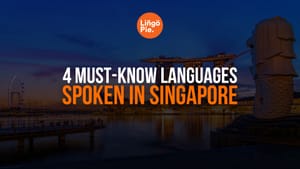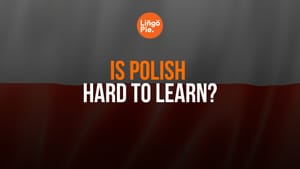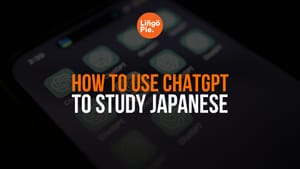George R. R. Martin's novel series, A Song of Ice and Fire, is perhaps one of the most successful epic fantasy stories of all time. The series has become so popular worldwide to the point it inspired spinoff shows. One of the reasons for its popularity? The uniquely constructed languages of course!
In this post, we will discuss constructed languages, give real-life and fictional examples, and then provide a rundown of the Game of Thrones and House of Dragon languages.
What Is a Constructed Language?
A constructed language, also known as a conlang, is a language whose vocabulary, grammar, and phonology have been purposefully constructed. That is, conlangs are consciously invented rather than developing naturally over time, such as the romance languages that evolved from Crude Latin.
Conlangs can be invented as a way to unite a group of people who all speak separate languages, or else for the purpose of entertainment. They are so widely used in entertainment as you can see from fantasy movies, shows, and books, such as The Lord of the Rings and The A Song of Ice and Fire book series (Game of Thrones).

Examples of Invented Languages
Sindarin
One of the most famous and impressive examples of a conlang comes from the world of the Lord of the Rings. J. R. R. Tolkien created Sindarin, known non-canonically as Elvish, in the 1920s. Sindarin is based on the Welsh language and uses many of the same sounds.
Sindarin has a fully developed grammar system and phonology. The elvish language has three writing systems. It can be written in the Latin alphabet, or in the scripts of Cirth or Tengwar. The latter two scripts were created by Tolkien.
It is said that more people in the world speak Elvish than Irish, which just goes to show how popular this fictional language has become in its 100-year history.
Here’s a table with some examples of Sindarin words, their meanings, and their pronunciation, demonstrating its Welsh-inspired phonology.
| Sindarin Word | Meaning | Pronunciation | Notes |
|---|---|---|---|
| Mae govannen | Well met (greeting) | "My go-VAHN-nen" | Common elvish greeting |
| Mellon | Friend | "MEL-lon" | Famous word from The Lord of the Rings |
| Amin | I (first person) | "AH-meen" | Singular personal pronoun |
| Calad | Light | "KAH-lahd" | Related to "cal" (shine) |
| Rîn | Crown | "REEN" | Seen in names like "Galadhrîn" |
| Narn | Tale | "NARN" | Used in titles like "Narn i Hîn Húrin" |
| Estel | Hope | "ESS-tell" | Significant in Elvish culture |
Esperanto
Esperanto, the real-life "Universal language", is a conlang developed in the late 1800s. It was intended to be a global common tongue.
The vocabulary of Esperanto comes largely from western European languages while its syntax and word forms have strong Slavic roots.
Tolkien believed that languages cannot be separated from mythologies associated with them and this was a huge part of his process of creating lore and languages. For this reason, he did not approve of Esperanto and declared it a dead language due to its lack of legends.
It is true that Esperanto is estimated to have only 1-2 million speakers. Spanish, meanwhile, has 548 million speakers worldwide, Hindi has 602 million, there are 1.1 billion Chinese speakers in the world and the English language has 1.4 billion speakers.
It may not be the most useful language to learn, but Esperanto is still used in some international business, politics and scientific settings.
| Esperanto Word | Meaning | Pronunciation | Notes |
|---|---|---|---|
| Saluton | Hello (greeting) | "sa-LOO-ton" | Common greeting in Esperanto |
| Amiko | Friend | "a-MEE-ko" | Root word amik from Latin "amicus" |
| Lingvo | Language | "LING-vo" | Related to "lingua" in Romance languages |
| Bona | Good | "BO-na" | Adjective; simple and regular form |
| Paco | Peace | "PA-tso" | Commonly used in international contexts |
| Libro | Book | "LEE-bro" | Similar to "libro" in Spanish/Italian |
| Dankon | Thank you | "DAN-kon" | Universal word for gratitude |
These examples illustrate the simplicity and regularity of Esperanto, with its vocabulary drawn largely from European languages, making it accessible to learners familiar with these linguistic roots.
Klingon
Finally, another very famous conlang that often appears in popular culture is Klingon. This constructed language first appeared in Star Trek and was created in the 1980s by Marc Okrand.
There is a constructed script known as pIqaD for writing Klingon, which was inspired by Tibetan writing. However, most people who speak and write in Klingon prefer the Latin alphabet.
Klingon has 2,000 speakers worldwide. The Klingon Language Institute helps people to learn Klingon.
| Klingon Word | Meaning | Pronunciation | Notes |
|---|---|---|---|
| nuqneH | What do you want? (greeting) | "nook-NEKH" | Common Klingon greeting, often used in place of "hello" |
| tlhIngan | Klingon (person) | "tlh-IN-gahn" | Refers to a Klingon individual |
| Qapla' | Success | "KAH-plah" | Often used as a farewell or to wish success |
| paq | Book | "pakh" | Direct translation; related to literature |
| batlh | Honor | "baht-luh" | Central concept in Klingon culture |
| jIyaj | I understand | "jee-YAJ" | Simple sentence structure in Klingon |
| ghobe' | No | "g-KHO-beh" | Straightforward negation |
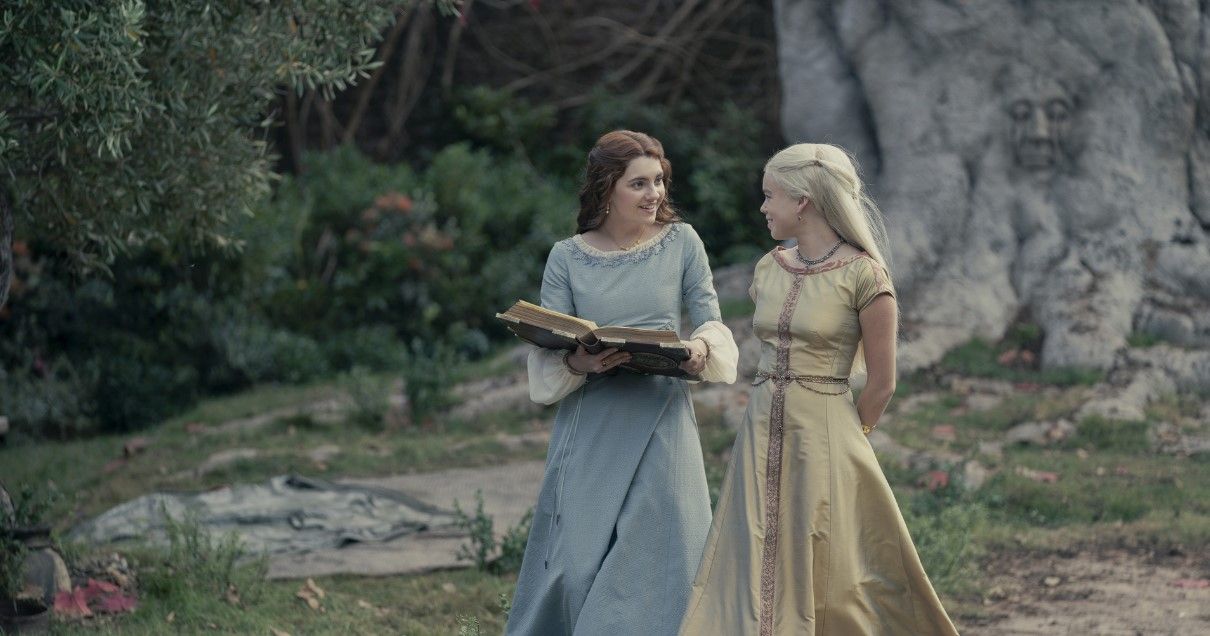
The Game of Thrones Languages
All of the languages featured in the Game of Thrones and the House of Dragon TV shows were created by David J. Peterson.HBO hired the Language Creation Society to create the conlangs based on George R. R. Martin's description in the books. Over 30 conlangers applied for the job, and Peterson was chosen.
The Common Tongue
The Common Tongue is spoken by everyone in Westeros, the continent in the Game of Thrones and House of Dragon in which the Seven Kingdoms lie. This is the fictional home of Jon Snow, Sansa Stark, the Lannisters and other key main characters.
The Common Tongue is represented in the books and movies by English, so it is not a conlang.
The Old Tongue
This is a rune-based writing system that appears similar to runes used by Germanic tribes. In the books, this is the only language used by the Wildlings who live beyond the wall in Westeros.
In the show, however, Mance Rayder, the leader of the Wildlings, says that his people speak 7 different languages. From this, we can assume that the Old Tongue is in fact a family of languages spoken by different tribes.
Dothraki Language
Dothraki is a well-developed conlang. Peterson created over 1,700 words of Dothraki vocabulary before the initial shooting of Game of Thrones. As of 2011, there were over 3,000 Dothraki words.
It is said that Peterson took inspiration for the language from Russian, Turkish, Estonian, Swahili and Inuktitut (a Canadian Inuit language).
In the Game of Thrones series, the Dothraki people are nomadic horsemen from the central plains of the continent of Essos. They have no use for written language and so are illiterate. A non-Dothraki person would have to learn the language by listening and speaking only.
- Hajas! (Be strong!)
- Vezhof (A stallion)
- Anha zhilak yera norethaan (I love you from my heart)

High Valyrian
Wondering what what language are they speaking in House of Dragons? The answer is High Valyrian. High Valyrian is the language spoken by the people of the Old Valyrian Freehold in Essos (inspired by the Roman Empire).
In the House of Dragon timeline, there is a Valyrian Empire. Throughout this empire, High Valyrian is spoken to some degree by all citizens as a common tongue.
However, this empire has fallen by the time Game of Thrones begins and High Valyrian is a dead language, used only in literature, by Red Priests and the odd high-born individual, such as Daenerys Targaryen.
Peterson's High Valyrian has over 5000 words and four grammatical genders: lunar, solar, terrestrial and aquatic. There is some logic behind this system, as food and plants are commonly terrestrial, while liquids are aquatic.
According to Duolingo, over 100,000 people in the UK have signed up to learn High Valyrian, which is more than the number of people who can speak traditional languages such as Irish and Scottish Gaelic.
| High Valyrian Word | Meaning | Pronunciation | Notes |
|---|---|---|---|
| Valar Morghulis | All men must die | "VAH-lar mor-GHOO-lis" | Common phrase in Game of Thrones |
| Dracarys | Dragonfire | "Drah-KAH-ris" | Command used by Daenerys to her dragons |
| Kirimvose | Thank you | "kee-REEM-voh-say" | Polite expression |
| Hāedar | Light | "HAH-ay-dar" | Related to brightness or illumination |
| Ēngos | Truth | "EHN-gos" | Used in contexts of honesty |
| Zaldrīzes | Dragon | "ZAL-dree-zes" | Refers to the mythical creatures |
| Vezhof | King | "VEH-zhoff" | Title of royalty |
Low Valyrian
After the fall of the Valyrian Empire, the former colonies and descendants of the Valyrians started speaking derivative languages, also called bastardized dialects, collectively known as Low Valyrian.
So, unlike High Valyrian, Low Valyrian is not one language, but a family of diverse dialects spoken by the peoples of the nine Free Cities and Slaver's Bay.
The dialects include Braavosi, Lorathi, Lysene and seven others. A speaker of one of these dialects does not necessarily understand a speaker of another. The diverse array of peoples who speak Low Valyrian live in the continent of Essos.
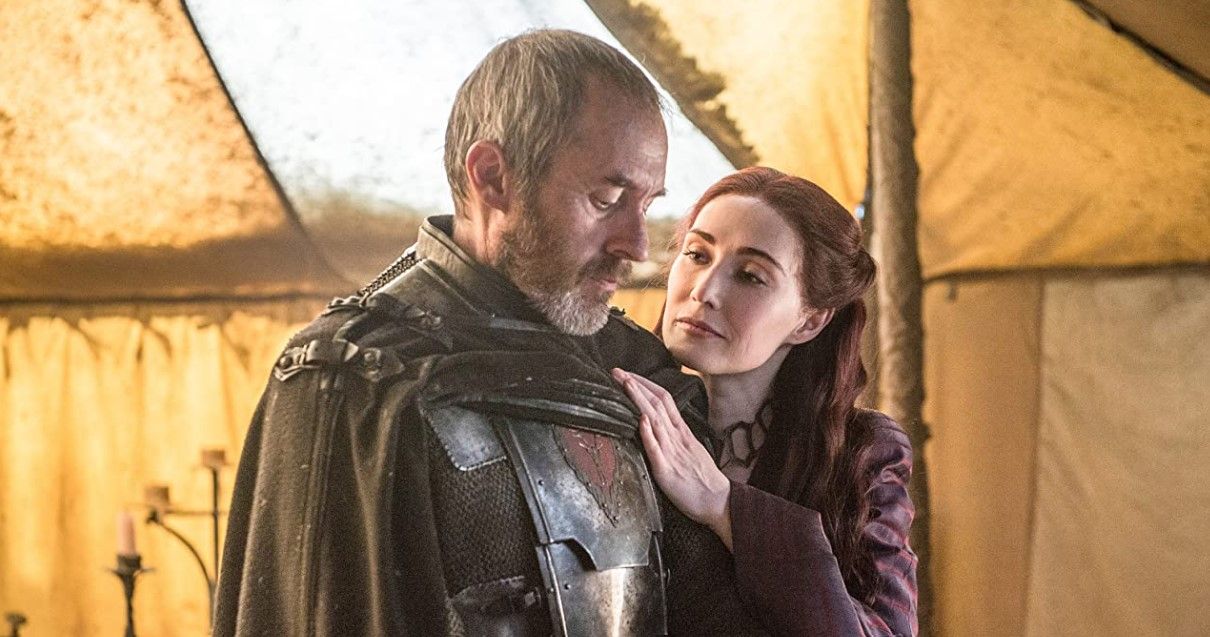
Qartheen Language
This Game of Thrones language is spoken in the ancient port city of Qarth in Essos. However, Qartheen was not developed into a conlang.
We know very little about this language beyond the Qartheen names and place names in the books and shows. These names include Mathos Mallarawan, Wendello Qar Deeth and Egon Emeros. They give us some idea of the sounds of the language, but nothing beyond that.
We do know that Qartheen has a writing system as well as a verbal language.
Lhazareen Language
Finally, the people of Lhazar are also from the central plains of Essos. They are shepherds who are often enslaved by the Dothraki. They are not an aggressive people.
We know very little about this language besides place names, but it is said to have a singsong quality.
Asshai'i
In the distant east lie Asshai and the Shadow Lands. Their language is used for magical spells.
Peterson constructed a rough sketch of the Asshai'i language, but it is only briefly heard in Game of Thrones season 1 when the maegi Mirri Maz Duur "saves" Khal Drogo's life.

How To Learn The Languages In Game Of Thrones
When learning constructed languages (conlangs) like Dothraki or Valyrian, it's essential to understand their linguistic roots and structure. Here’s how to approach it:
Identify the Language Base:
- Dothraki: Inspired by real-world languages such as Turkish and Arabic, with a focus on guttural sounds and simple syntax.
- Valyrian: Built with a structure similar to Latin, emphasizing inflection and complex grammar.
Leverage Similarities:
- If you’re familiar with languages that inspired these conlangs (like Arabic or Latin), use that knowledge to understand pronunciation, grammar, and vocabulary.
Learn the Phonetics:
- Start by mastering the sounds unique to each conlang. For example, Dothraki has a guttural "kh" sound, similar to the Arabic "خ" (kha).
Grammar and Syntax:
- Dothraki: Focus on its straightforward sentence structures and verb forms.
- Valyrian: Pay attention to its noun cases and verb conjugations, drawing parallels to Latin if you’re familiar with it.
Use Resources Creatively:
- Supplement your learning with fan-made dictionaries, online courses, or forums where these languages are practiced.
Practice Regularly:
- Engage in daily practice by translating simple sentences from your native language into the conlang. This will reinforce your understanding and retention.
By understanding the linguistic influences behind these conlangs and using language-learning techniques tailored to their structure, you can effectively learn and enjoy the process of mastering Dothraki, Valyrian, or any other conlang.
Summing Up: The Fictional Languages of Game of Thrones
This has been a guide to the constructed languages of the Game of Thrones and House of Dragon series. We have covered many languages from this fantasy world, as well as other examples of conlangs, such as Esperanto.
If you share Tolkien and Peterson's love for linguistics, you too could create your own unique language, taking inspiration from known vernaculars.
Or, if you find the study of languages fascinating, and you love good TV, head over to Lingopie. This is a streaming platform that offers content in 8 popular languages. You can acquire new language skills by binging great shows and movies.
FAQs: Constructed Languages and A Song of Ice and Fire
Can you invent your own language?
Yes, if you have the patience, time, and a reasonable understanding of linguistics and phonology, you can create your own language.
What is the language spoken in House of the Dragon?
The main constructed spoken language in House of Dragon is High Valyrian. The characters also speak the Common Tongue, which is depicted as English.
What are examples of dead languages?
Dead languages are those that no longer have a native-speaking community. These include Latin, Ancient Greek and Sanskrit. In Game of Thrones, High Valyrian is a dead language.
Does Esperanto have native speakers?
There are around 2,000 people who speak Esperanto natively. Generally, these are people whose parents met at an Esperanto event and decided to teach them Esperanto alongside their other native tongue(s).
This means Tolkien was technically wrong and Esperanto is in fact a living language.

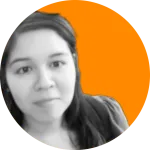
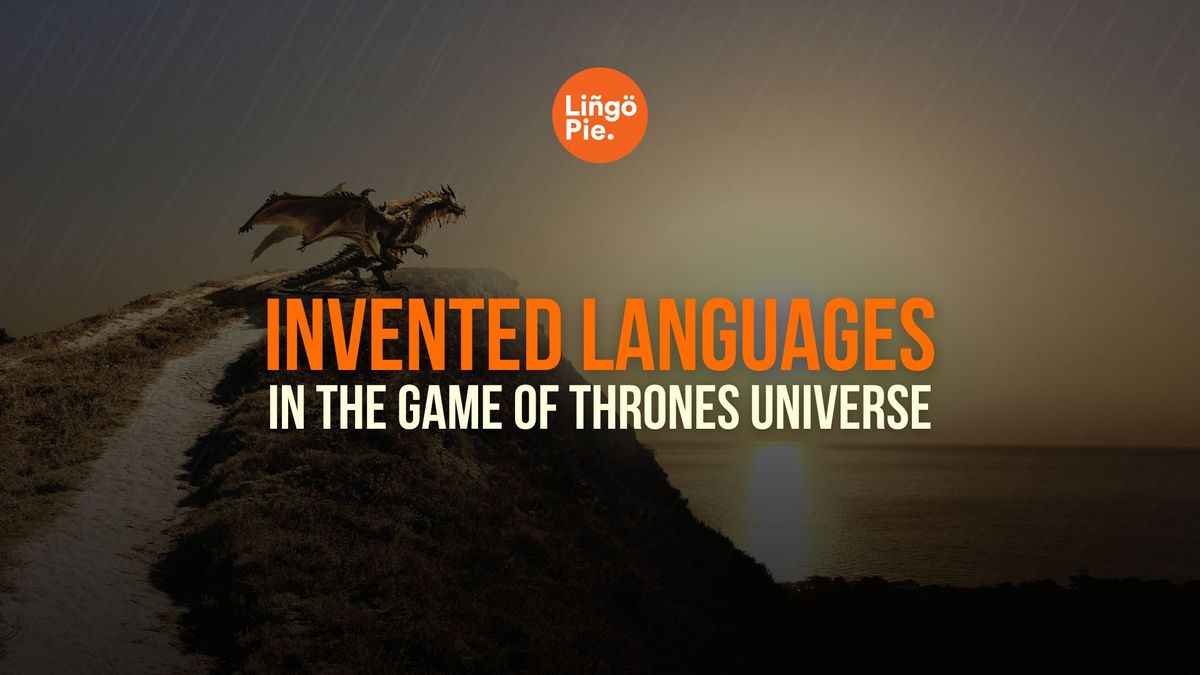


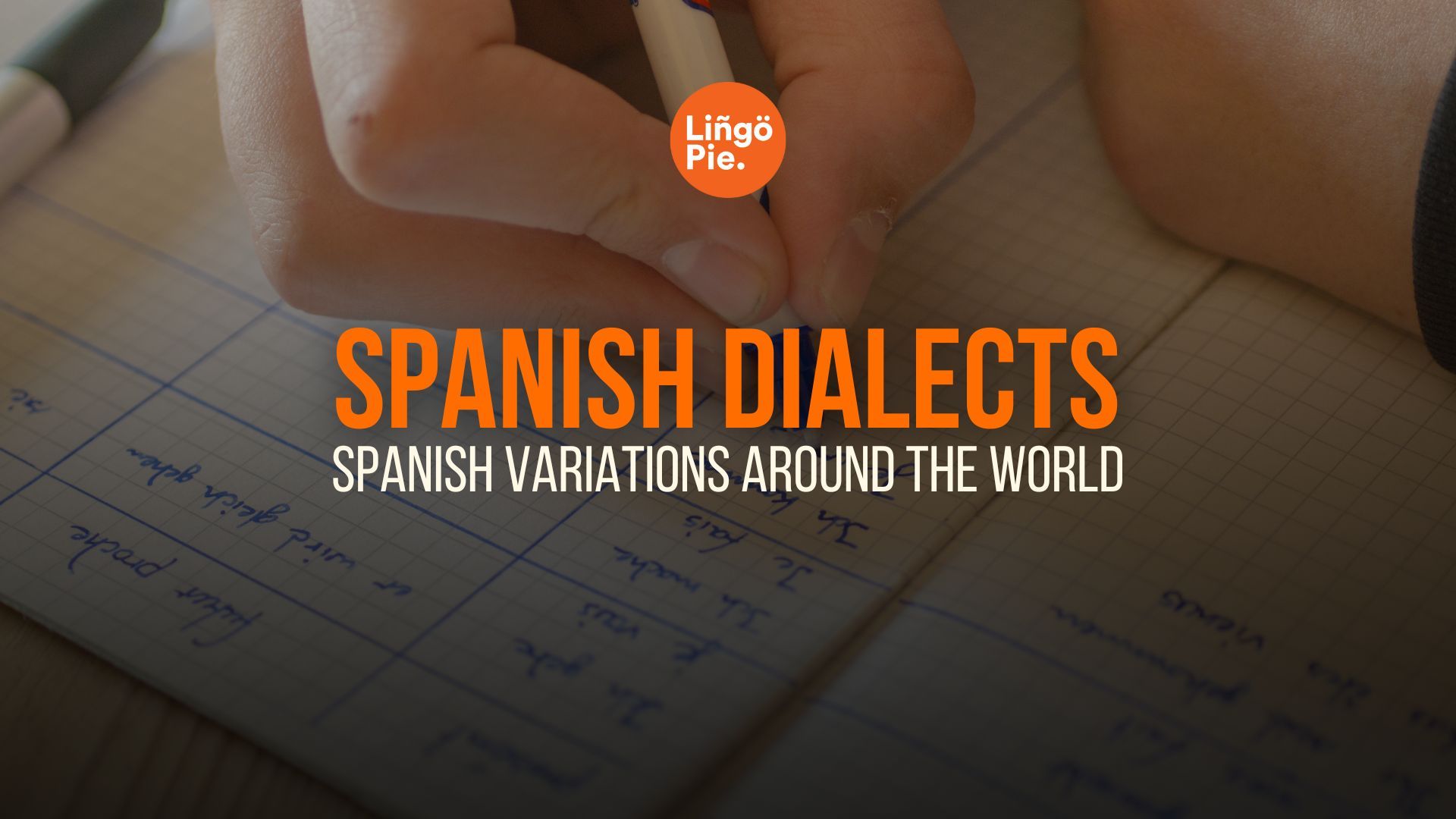
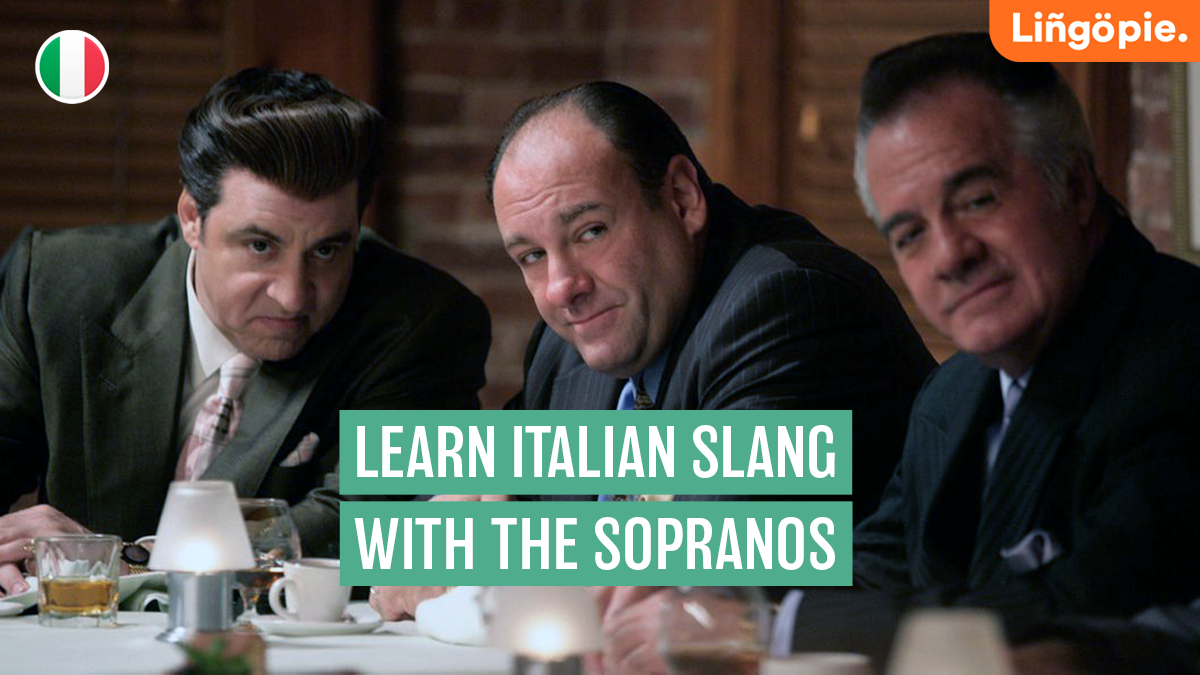
![How Many Italian-Speaking Countries Are Out There? [2025 Data]](/blog/content/images/size/w300/2025/06/Italian-speaking-countries.jpg)
